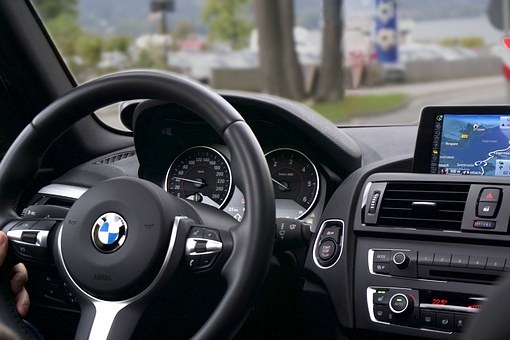Internet of Things (IoT) is the major trend in an assortment of industries around the globe. In this stage of the Internet era, it has become indispensable part of our lives and kind of compelling the industries to adopt it for betterment (of the company).
It is nothing but a kind of interaction which is occurring among the network of physical objects included within software, sensors, electronics, connectivity, etc.
According to a research, IoT will be the major device market in the world and by the year 2019 it is expected to double the size of Smartphone, PC, tablet, connected car and the wearable market all together.
IoT revolutionizing the Automotive Industry is again major happening in the world. How is it revolutionizing and how is it being utilized is the crux of the article.
1. Tracking Vehicle:
Tracking Vehicle is a way IoT revolutionizing the Automotive Industry. Vehicle Tracking as the name suggests monitors the location of the vehicle via the help of the GPS system and can be recovered if by chance, it is stolen.
In this way, IoT is transforming the automotive industry and definitely has a lot of scope and growth in the future.
2. Navigation of Vehicle:
In car navigation systems, the GPS antenna and GPS receiver operate to receive signals from these satellites. Internet connection in vehicles allows car companies to circulate software updates in real-time which is extremely important. The data from the car is used to analyze its performance and attain valuable data on how drivers are using their cars.
There are applications available in the market which can help the driver/owner of the vehicle effortlessly identify nearby present car parks with empty spaces and can also utilize the app to navigate via GPS to the preferred parking lot.
3. Self-Driving Cars:
Yes, IoT is even being utilized by the self-driving cars as well. But how does it work?
The self-driving car usually goes in an autopilot mode, permits cars to drive themselves in traffic jams by examining the lane ahead of them and keep moving appropriately.
Internet of Things technologies available in a self-driving cars are in-vehicle operating systems, in-vehicle data communication, machine learning, sensors, on-board and off-board computing, wireless analytics, voice recognition, smart navigation in order to reduce rate of accidents and augment traffic flow are few of them.
Conclusion:
Presently, automakers are connecting their vehicles in two ways and they are embedded and tethered. Embedded cars are making use of a built-in antenna and chipset, while the tethered connections utilize hardware to let drivers to connect to their cars via their smartphones.
